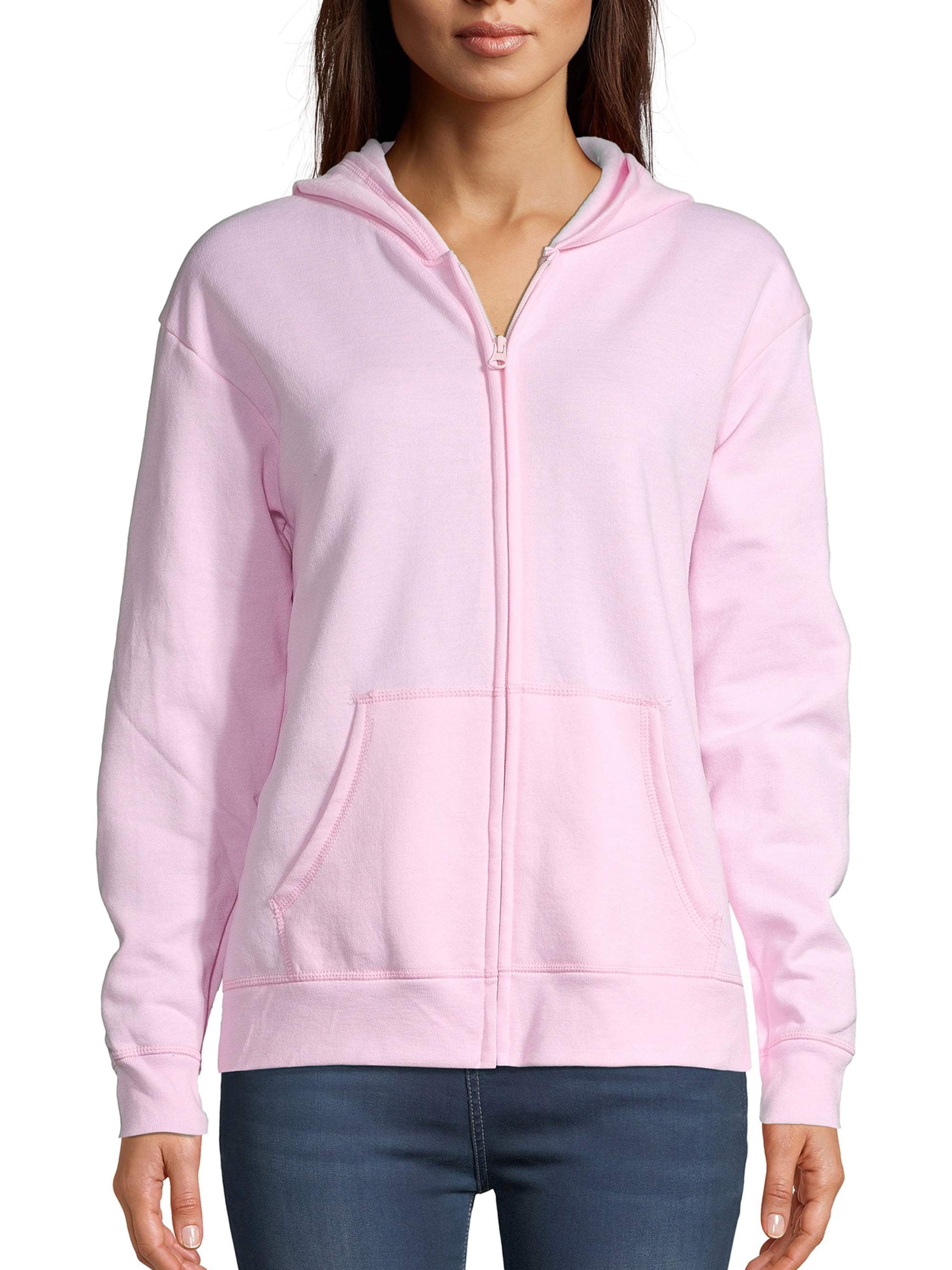Sweatshirts are long-sleeved, pullover shirts that are typically composed of thick cotton. They are usually worn casually and are not as formal as sweaters or cardigans. They may not have a or hood. If sweat shirts are interested in buying a sweatshirt here are some suggestions:
Norma Kamali spread the appeal of sweatshirts
Since the late 1970s the Norma Kamali brand has transformed the simple sweatshirt into an art. Her designs are now an essential part of all women's wardrobes. Her distinctive designs range from a tummy-tucking crew neckline to thick leather sweatshirts . Her clothing is also designed with unusual shapes, such as an oversized tank top that has an extended trumpet skirt.
A collaboration of the designers and the sweatshirt maker Everlast gave rise to her Timeless line, which became an instant hit when it appeared in the Spiegel spring 2006 catalog. The collection featured knits that could be interchangeable or convertible with classic designs and many of the items were priced below $20. Even if Kamali's Timeless collection wasn't sold in stores, customers could still find the pieces for sale on eBay and Poshmark.
Merino wool sweatshirts tend to be more comfortable than soft sweatshirts
Merino wool is known for its ability to wick moisture away that help keep you comfortable and dry. Merino wool is an organic fiber that also offers a smoother and more comfortable feeling. The fabric also dries quickly when compared with other natural material. Furthermore, merino is a renewable resource. The merino sheep shed their coats each year, and then grow new ones.
The warmth-to-weight ratio of merino wool is what makes it a popular choice for sweatshirts. It helps to regulate the temperature of your body due to its loft that naturally traps heat between the fibers. This is the reason Merino wool sweatshirts are ideal for summer and outdoor activities such as mountain biking, hiking, and running. sweat shirts offers keeps the wearer cool and dry, which is essential when exercising.
Zip-front hoodies feature kangaroo pockets.
Kangaroo pocket hoodies are a popular style of hoodies. These hoodies have a large pocket at the front that keeps your hands warm during cold days. They are also more practical than traditional pockets, since they allow the hands to slide in and out with ease.
The pockets of Kangaroos are usually big enough to hold the wallet, or other smaller personal items. They are commonly big enough to hold the palm of a hand that is small, and can even be sufficient to hold two hands. They are wide on either side , and can be used to carry small items.
French Terry fabric is a popular fabric for sweatshirts.
The French Terry fabric is constructed of soft yarns that are knitted into loops and is typically midweight. It is also famous for its ability to wick moisture and is pre-shrunk. French Terry is a fantastic choice for sweatshirts because it keeps you warm when you require it and keeps you cool when you need to cool off.
French Terry is also popular for loungewear, since it is stretchy enough and has enough flexibleness to feel great on your skin. It also allows air to circulate around the fabric, which makes it ideal for layering underneath other clothes. In addition, because it is lighter than other sweatshirts that you can wear all through the year without feeling too warm or cold.

Hoodies are classy and have a connotation of class.
Although it could appear that hoodies are just an appropriate attire item for working class people, the reality is that they carry classist connotations. Hoodies first became seen in the 70s New York, where graffiti artists wore them to conceal their identities. In 1976, hoodies made their major appearance in the film "Rocky," when the protagonist of the film was a working class man in grey sweats with hoods during his memorable climb to the top of the steps of the Philadelphia Museum of Art.
Hoodies are frequently linked to death, destruction, and other undesirable things, and yet they also serve practical purposes. For instance, monks and priests may wear hoods to show modesty and inward focus.
